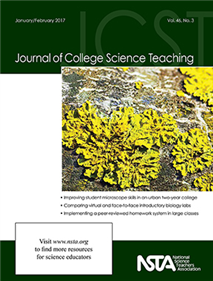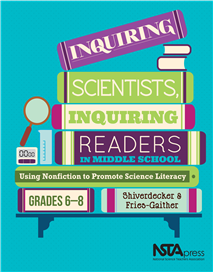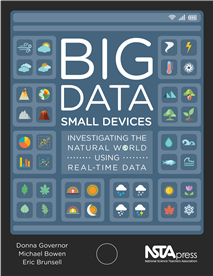All Resources
Journal Article
Collaborative learning in small groups is commonly implemented as a part of student-centered curricula. In large-enrollment courses, details of the in...
Journal Article
Point of View: Science Classrooms as a Gateway to Comprehensive Pedagogy
This column shares reflections or thoughtful opinions on issues of broad interest to the community. This month’s issue discusses the importance of c...
Journal Article
The authors sought to improve student microscope skills by implementing formative assessment techniques in addition to summative assessment approaches...
Journal Article
Case Study: Let’s Get Personal: Putting Personality Into Your Cases
This column provides original articles on innovations in case study teaching, assessment of the method, as well as case studies with teaching notes. T...
eBook
Great news for multitasking middle school teachers: Science educators Terry Shiverdecker and Jessica Fries-Gaither can help you blend inquiry-based sc...
Book Chapter
Big Data, Small Devices: Investigating the Natural World Using Real-Time Data (Book Sample)
Now your students can transform their mobile phones and tablets into tools for learning about everything from weather to water quality. Big Data, Smal...
Book Chapter
In this lesson, students will explore the relationship between tropospheric ozone and temperature and how human populations affect ozone levels. Disci...
Book Chapter
In this lesson, students will use mean (average) temperature data to determine changes in surface temperature over time in different areas of Earth. D...
Book Chapter
In this lesson, students will use a National Oceanic and Atmospheric Administration (NOAA) database to identify extreme weather events throughout the ...
Book Chapter
In this lesson, students will use weather data to create a current weather map by drawing station models for multiple locations. Disciplinary core ide...
Book Chapter
In this lesson, students will develop and analyze meteograms for select cities to construct a 24-hour history for a specific location. Disciplinary co...
Book Chapter
In this lesson, students will use flight take-off and landing patterns to better understand wind. Disciplinary core ideas covered are Earth materials ...
Book Chapter
In this lesson, students will come to understand the range and frequency of behaviors in which animals can engage, and how those might be affected by ...
Book Chapter
In this lesson, students will compare population dynamics in emerging and developed nations, including how those populations use natural resources. Di...




